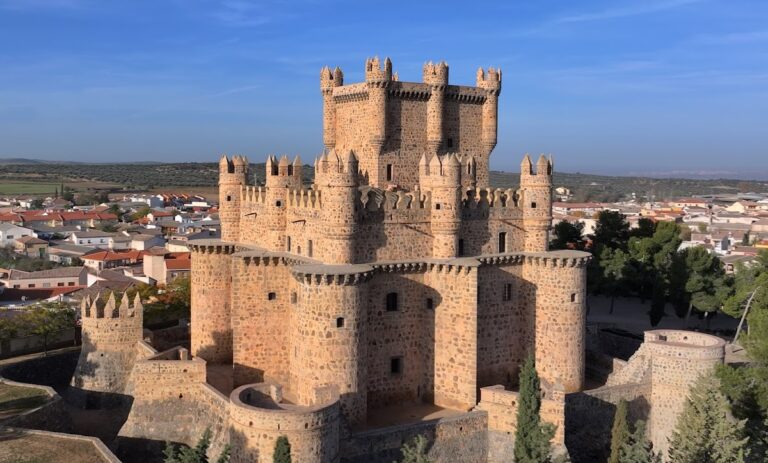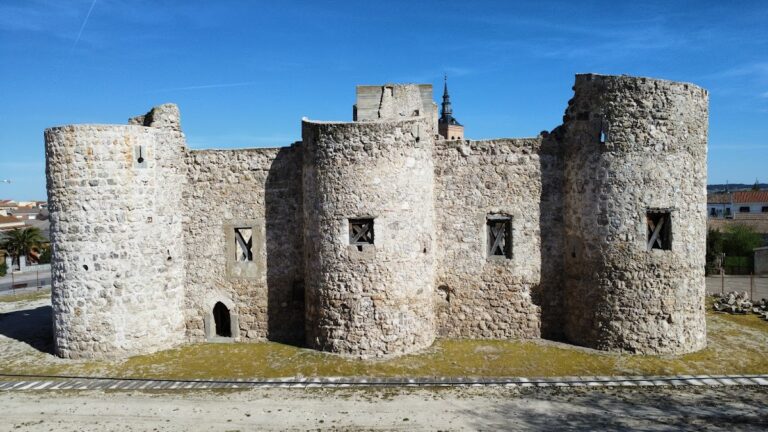Roman Circus of Toledo: An Ancient Entertainment Venue in Spain
Visitor Information
Google Rating: 4.2
Popularity: Medium
Google Maps: View on Google Maps
Official Website: cultura.castillalamancha.es
Country: Spain
Civilization: Early Islamic, Roman
Remains: Entertainment
History
The Roman Circus of Toledo is located in the city of Toledo, within the province of Toledo, Spain. It was built by the Romans during the 1st century AD, when the city was known as Toletum. The construction took place under the rule of either Emperor Augustus, Tiberius, or between the reigns of Claudius and Vespasian. This period saw a widespread Roman effort to build public entertainment venues across the empire.
The circus was situated outside the northern walls of Toletum, following a common pattern in Roman urban planning for such structures. It served as a venue for chariot races and other public spectacles, but there is no evidence it hosted naval battle reenactments, which were held in other circuses like Tarraco. The size and capacity of the circus suggest that Toledo held an important political and judicial position in Roman Hispania.
With the rise of Christianity, public entertainments like those held in the circus fell out of favor. The circus gradually declined and was abandoned during the Visigothic period. During this time, many of the granite blocks that covered the Roman concrete core were removed and reused in other buildings throughout the Early Middle Ages.
In the early Muslim period, the remains of the circus were adapted for commercial purposes by merchants. Later, the site was converted into a cemetery, a use that continued into the medieval era. Traces of this cemetery remain visible today, making the area an important medieval burial ground.
Archaeological excavations began in the late 1920s and resumed in the 1960s. A major intervention took place between 2011 and 2012, focusing on excavation, consolidation, and urban redevelopment to protect and highlight the circus remains.
Remains
The Roman Circus of Toledo measures approximately 422 meters in length and between 100 and 112 meters in width. Its internal arena is about 408 meters long and 82 to 86 meters wide. The central spine, or spina, which divided the racing track, extends roughly 230 meters and is 8.1 meters wide. The structure was built using opus caementicium, a form of Roman concrete, which was originally covered with granite blocks.
One of the most notable features still visible are the 12 carceres, or starting gates, where charioteers began their races. These gates remain uncovered and accessible. The curved end of the circus is supported by 28 arches or chambers, and a monumental arch about 5.25 meters wide stands midway along this curved section.
The seating, or cavea, was arranged in tiers along the long sides and the curved end, with an estimated capacity ranging from 13,000 to 30,000 spectators. Visitors today can access about three-quarters of the seating on the left side. Over time, many granite blocks were removed for reuse, but significant portions of the structure remain intact.
Archaeological finds at the site include artifacts from the Visigothic and Arab periods. The adjacent Roman theatre lies beneath modern sports facilities, with possible remains of the stage and seating still underground. The amphitheatre, once located in the Covachuelas neighborhood, was mostly destroyed in the early 20th century.










